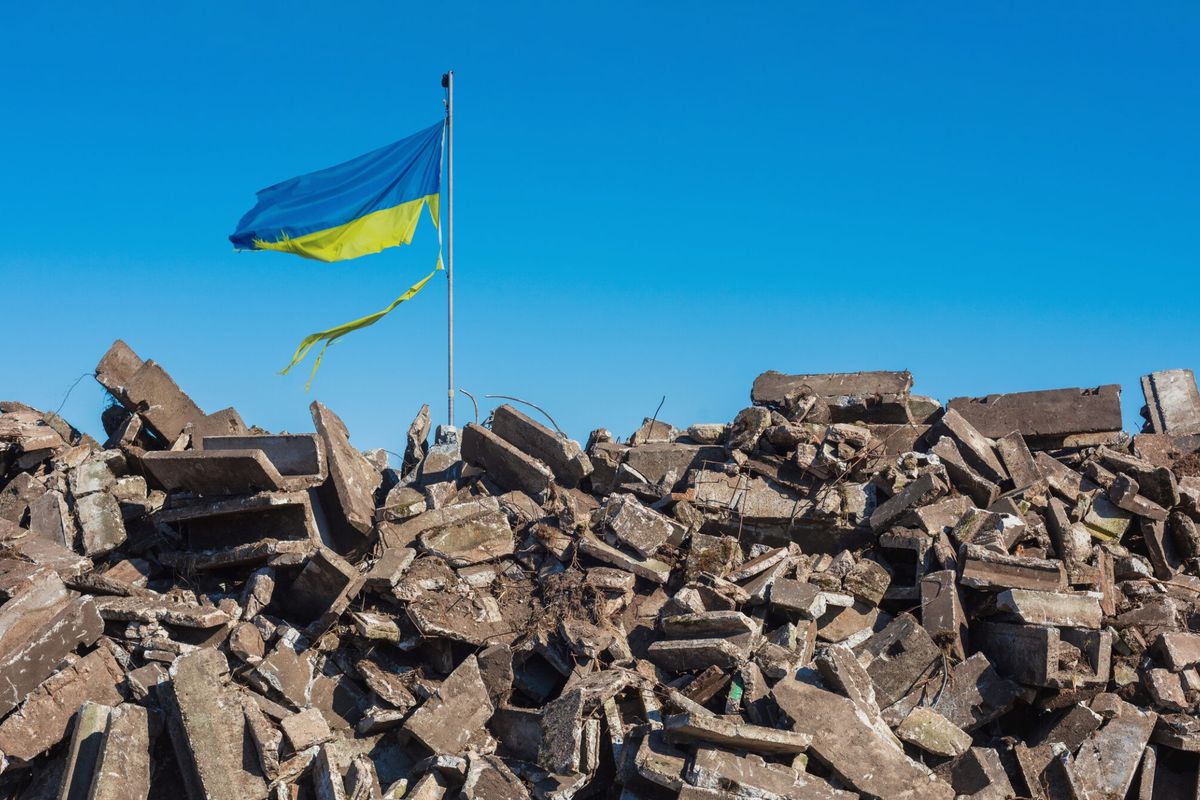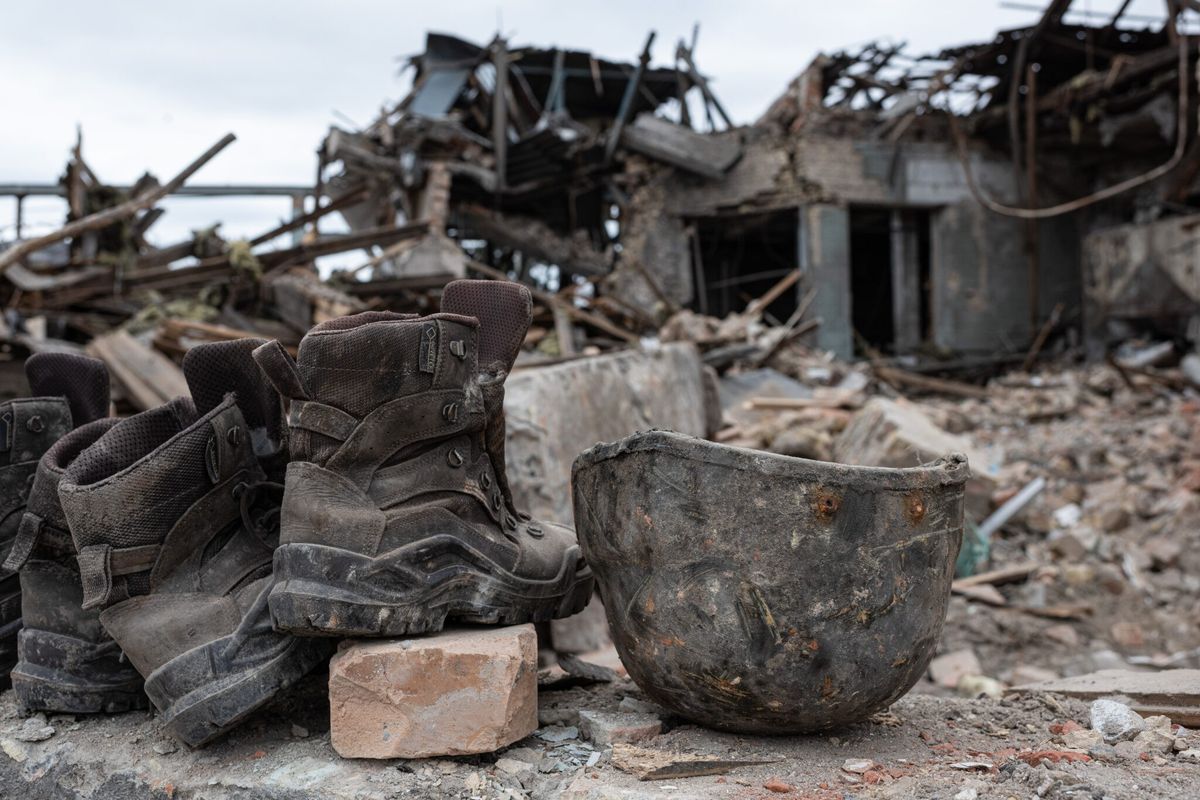Japan is a nation in flux. Economically, the government is struggling to stoke growth with expansionary monetary policy and reform; demographically, it is challenged by a rapidly aging population; and strategically, the pacifist island nation is rebuilding its military in the face of perhaps the most complex regional security environment since World War II. From Chinese territorial claims in the disputed waters of the east and south China seas to North Korea’s nuclear arsenal and increasingly sophisticated launch capabilities – recently demonstrated by a ballistic missile test last month – Tokyo is beset by new threats.
Meanwhile, the election of President Donald Trump, who suggested on the campaign trail last year that Washington should be “prepared to walk” away from allies like Japan if they don’t agree to contribute more to U.S. base costs, has thrown Japan’s most important security relationship into doubt.
But following Japanese Prime Minister Shinzo Abe’s visit to Washington and U.S. Defense Secretary James Mattis’ visit to Japan to meet his Japanese counterpart Tomomi Inada last month, that alliance now seems to stand on firmer ground. Nevertheless, during his first formal address to congress this week, President Trump reiterated– his campaign demand that “our [U.S.] partners – whether in NATO, in the Middle East, or the Pacific…pay their fair share of the cost.”
Ironically, Japan today is better positioned to do just that than at any time in its history. Since entering office – for the second time – in 2012, Prime Minister Abe has overseen a series of military reforms, which have radically altered the capabilities and operational scope of the Japanese Self Defense Forces (JSDF). In 2013, the Abe government increased Japan’s military budget for the first time in 11 years – by 0.7 percent to $46 billion. While, in December of that year, the Abe government published Japan’s first National Security Strategy and created an executive body similar to the U.S. National Security Council. In 2015, Tokyo signed a new bilateral security agreement with the U.S. called the Joint Defense Guidelines, which expanded Japan’s role in the alliance, and later that year the government expanded the interpretation of Article 9 of its constitution, which renounces war as a sovereign right, to include the concept of “Collective Self-Defense,” thus allowing the JSDF to aid foreign allies.
Now, says Scott Harold, Associate Director of the RAND Center for Asia Pacific Policy, “Tokyo’s next steps are already in the works, with studies of expanded ballistic missile defense underway.” Among the new weapons under consideration are the Terminal High Altitude Area Defense anti-ballistic missile system, additional Osprey V-22 tilt-rotor aircraft, and even offensive missile systems designed to disable enemy launch sites. The JSDF air force also received the first of 42 F-35A Joint Strike Fighters – a plane once considered far too offense-oriented to be legal – last November. These procurement initiatives are matched by increased joint training with U.S. troops, including support from the Marine Corps in developing a new Amphibious Ready Deployment Brigade for Japan’s ground forces.
From the U.S. perspective, this is all welcome news. The alliance with Japan, which hosts roughly 54,000 American troops, is possibly the United States’ most important strategic partnership in east Asia. As Kuni Miyake, President of the Tokyo-based Foreign Policy Institute, observes, Japan’s location is difficult for Washington to replicate. “If the U.S. were to lose its allies in east Asia, Americans would have to retreat back to Hawaii and Guam. Whether you like it or not, the U.S. relies heavily on its allies in this part of the world, and we need to work together to deter revisionist powers in east Asia.”
However, while Japan’s role as a host for U.S. military assets is vital, there are undeniable costs. Monetarily, the Japanese cover a significant portion of stationing costs, but U.S. bases have also served as a lightning rod for political dissent within Japan, especially in Okinawa. Most recently, the Navy was forced to impose a total alcohol ban on all U.S. sailors in the country after public uproar over a drunk driving incident last year. Beyond base issues, some worry that the resurrection of Japan’s military might is provoking a nationalist response from China, and even spreading unease in South Korea, which suffered under Japanese during the Second World War.
Still, the “normalization” of the JSDF from its strictly pacifist post-World War II roots creates a far more powerful U.S. military partner, enabling the alliance to better deter regional competitors. For this reason, presidents since Harry Truman have been urging Tokyo to expand Article 9 interpretations and take a more active defense role. President Barack Obama, for instance, welcomed the Abe government’s push to bolster the JSDF and legalize collective self-defense as a boon to his administration’s strategic “pivot” to Asia.
With the presidential campaign over, Trump and his administration appear more willing to follow this legacy. During his visit to Japan, Mattis praised the alliance as “the cornerstone of peace and security in the Asia-Pacific region, while Trump later affirmed that the U.S. “stands behind Japan, its great ally, 100 percent” in a joint statement with Mr. Abe after the North Korean missile test. Now that Trump and his team must focus on governing, Miyake says he doesn’t “think that we are going to have more trouble over the issues of burden-sharing or stationing costs for U.S. troops in Japan.”
The real question now is not the alliance itself, but the strategic plan that Trump and his administration will seek to implement in the Asia-Pacific region. The Obama-era “pivot,” says Scott Harold, may have been under-resourced but “it presented a vision of the region that the U.S. wanted to see and a strategy for achieving it.” Now that Trump has definitively rejected the economic lynchpin of Obama’s pivot, the Trans-Pacific Partnership (TPP) free trade agreement, it is unclear what elements of the pivot he will keep, and what strategy will take its place. Without an overarching vision, says Harold, “the [U.S.-Japan] alliance will persist, but it will…struggle to effectively shape the choices of a rising China or a rapidly evolving Asia-Pacific.”
Fritz Lodge is an international producer at The Cipher Brief. Follow him on Twitter @FritzLodge.












